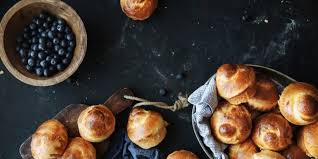
Vegetable stock…how hard can that be to make? Done right, it’s not so much hard as slow, Chef Mike Sonier tells participants of the third Naramata-Blend cooking class, “Cooking done right takes time. You can’t make great food on the fly. There is no cutting corners. Food takes time. Cooking with proper ingredients and from scratch is about flavour and nutrition. If you take one thing away tonight it’s take time to cook for yourself.
“Take a minute to look at the ingredients on a packaged stock from the grocery shelf,” he says. “It’s full of MSG, sodium, food colouring and some things not on the labels like GMO ingredients and pesticides.” In addition to the superior flavours of home made stock, it’s also about what’s not in it, he says.
Chef Mike shares his vegetable stock recipe with us and more importantly his tips to make it well.

Vegetable Stock
Ingredients
Choose organic vegetables if at all possible. On a side note Chef Mike says always choose organic vegetables for juicing as the process will pull out any of the chemicals found in non-organic vegetables, “not doing yourself any favour.” Good quality ingredients makes a night and day difference to your end product, Chef Mike adds.
- 2 cloves garlic
- 1 head celery
- 3 pounds carrots
- 6 yellow medium onions
- Handful of fresh herbs (thyme, rosemary, basil stems, parsley
- 4 bay leaves
- ½ tablespoon whole peppercorns
- 4 tablespoons cold-pressed organic extra virgin olive oil
- 10-15 litres spring water

Method
- Wash celery and carrots thoroughly. Peel very top layer of onions.
- Chop celery and carrots into 2” pieces. Chop onions into 6 pieces while leaving shells and ends on.
- Place stock pot on burner over medium heat until pot is warm but not hot.
- Place onions and olive oil into pot. Reduce temperature to a low heat and caramelize until starting to brown.
Mike says that the onion caramelizing is crucial to making a good stock. The sweet flavour of the caramelized onions will be the main flavour of your stock and sweet makes for a great flavour profile. Some of the onions will stick to the bottom of the pot…this is what you want.
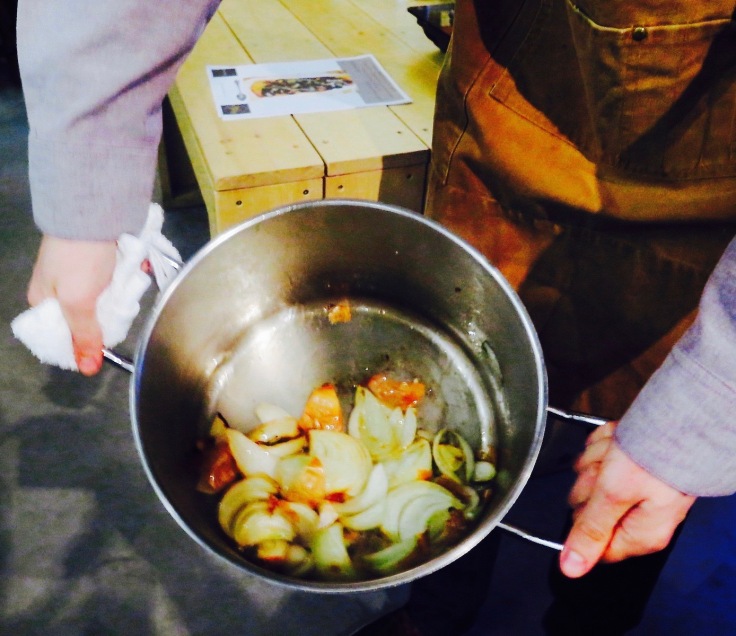
- Add garlic cloves, celery and carrots. Increase temperature to medium-high heat, stirring frequently and allowing vegetables to stick and brown to pot. (Keep a close eye on temperature as you may need to reduce heat if starting to burn).
The garlic will turn dark brown and some will even turn black which Mike says is “totally fine.” “You want a really dark colour in your stock because that will mean its flavourful.”
Chef Mike shows us the technique of scraping only some areas of the pot at a time incorporating the dark flavourful bits into the mixture.
- Once vegetables have fully caramelized (this takes awhile…don’t rush this step) then add in your spring water, herbs, peppercorns and bay leaves. Increase temperature to high heat until boiling.
- Once boiling lower your temperature down to a low-simmer and continue to reduce liquids until pot has only ¾ left. This can take from 6 to up to 18 hours depending on how potent or concentrated you want your stock to be. For soup you may only want to reduce by a quarter but for a more intense flavour for a dish like risotto, Mike says to reduce by 3/4 or more.
- Taste stock as it’s reducing to achieve desired flavour profile that suits your needs.
- Cool down in pot. Once cooled, cover and set in refrigerator to incorporate full-flavourfor a minimum of 24 hours.
- Double strain liquids with mesh strainer into sealable containers to keep in the refrigerator or freezer. Discard the vegetables which no longer have any nutritional value.
- Will keep in refrigerator for up to 7 days. Freezes in 1 litre containers for up to 6 months.

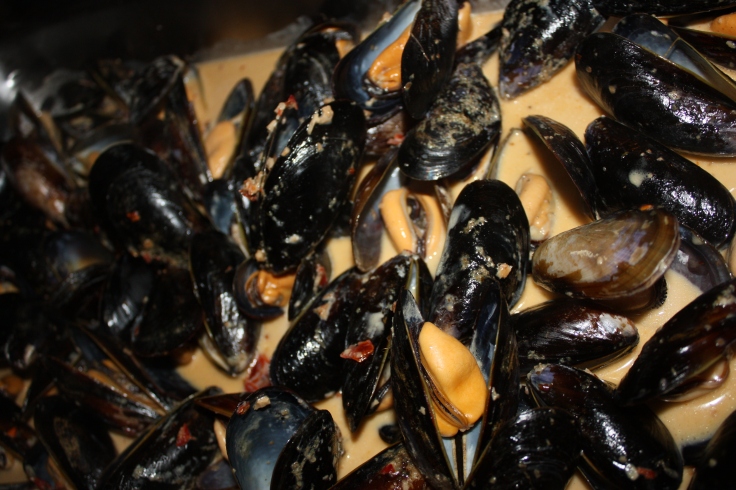
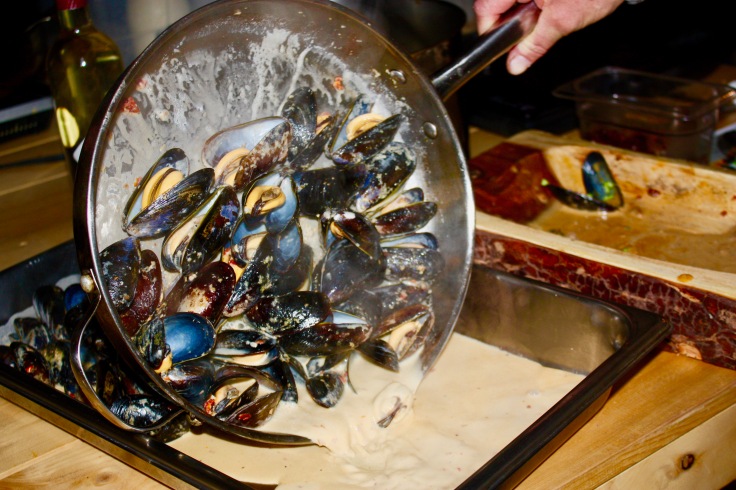
Chef Mike Sonier and his business Knotweed is focused on catering events around British Columbia, consulting and finishing up a cookbook that has been in the works for several years. Coming soon, he will be opening a new location that will be geared towards a gastro-styled restaurant on BC’s coast. Knotweed will also be catering, hosting pop up events and workshops in the Okanagan.
“I’m more than stoked to be back on the coast creating coastal dishes that will complete my cookbook, after creating all my land dishes over the years when I’ve been in British Columbia’s interior,” he says. “This journey that I’ve been on out here in B.C has been absolutely incredible and it feels like it has just begun.”

Next up on the blog, a recipe for Legend Distilling‘s Rosemary Swizzle from the mixology component of the cooking class.

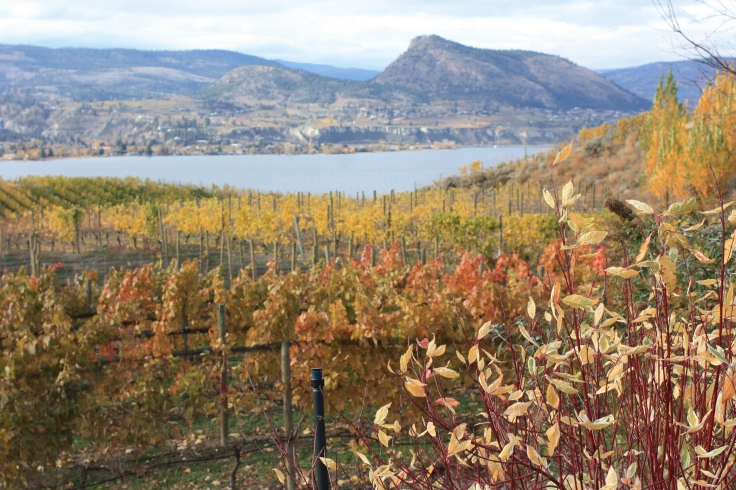







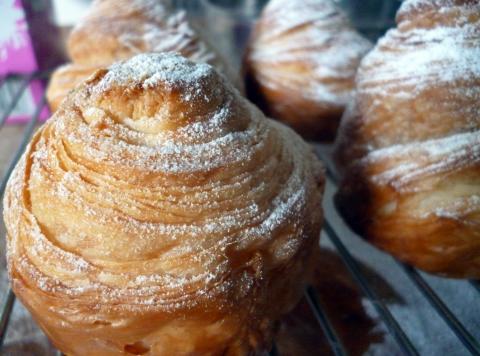
 This versatile dough will also be made into Joy Road’s famously delicious pull-apart cinnamon buns shaped into loaves and elegant small buns meant for classy desserts like baba au rum.
This versatile dough will also be made into Joy Road’s famously delicious pull-apart cinnamon buns shaped into loaves and elegant small buns meant for classy desserts like baba au rum.